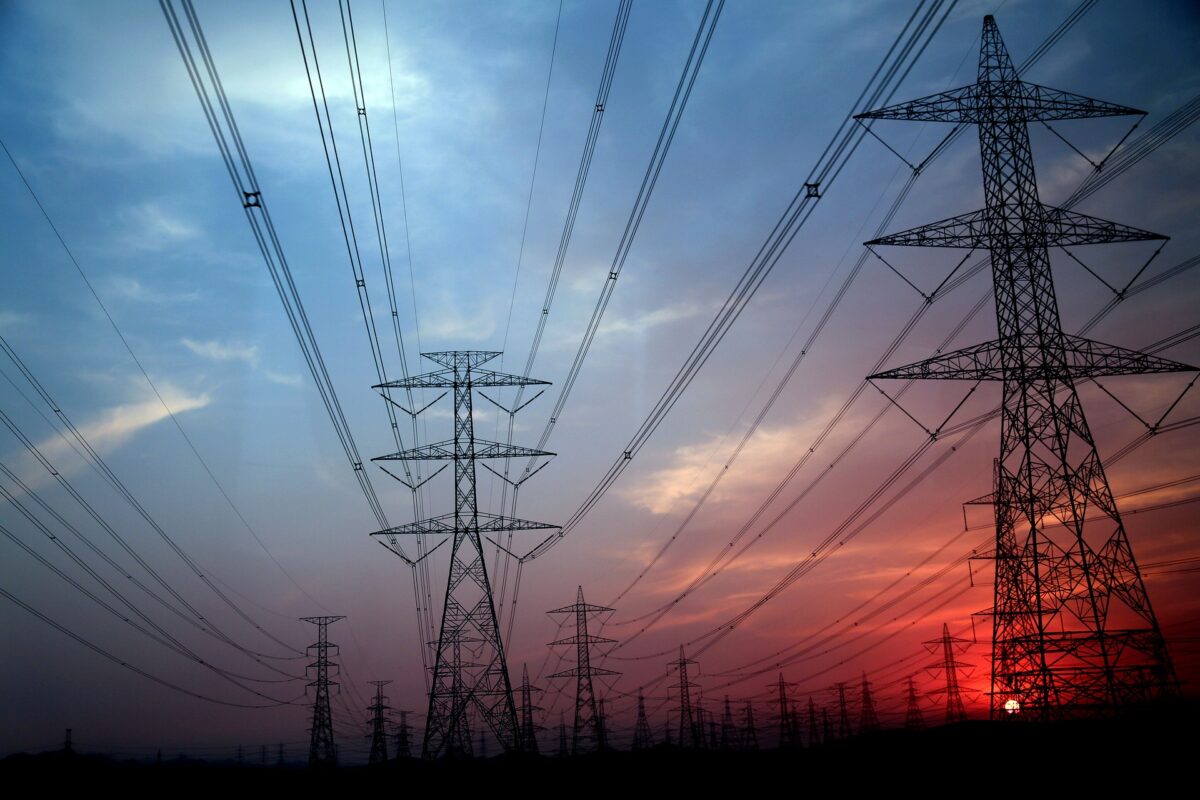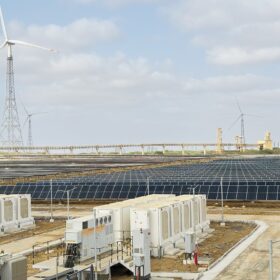During the first six months of 2025, 88.725 GWh of solar was curtailed in the Irish Single Energy Market (ISEM), according to a report by Montel Energy, which looks at renewable energy curtailment in both Ireland and Great Britain.
Solar curtailment in Ireland has increased seven-fold since 2022. Montel’s report noted that enough wind and solar generation has been curtailed on the island of Ireland to meet all domestic electricity consumption in County Dublin from January to June 2025.
Fintan Devenney, senior energy analyst, Montel Energy, told pv magazine that the system in ISEM is “struggling to cope with the rapid increase in solar generation capacity.”
“Downward dispatch (Ireland’s term for power that is produced but can’t be used) volumes of solar are dramatically higher than they were a few years ago,” he added. “Often the reasons are due to local constraints or system level issues around too much renewable output for the grid to handle.”
ISEM includes Northern Ireland and the Republic of Ireland and is jointly managed by the system operators of both jurisdictions – EirGrid in the Republic and SONI in Northern Ireland. In March pv magazine reported that Northern Ireland doubled its solar curtailment in 2024, turning down 16.9% of its solar that year, up from 7.9% in 2023.
Meanwhile, Devenney described Great Britain’s solar curtailment as “fairly negligible.” Less than 0.1% of the total curtailed volume in Great Britain during H1, 2025 was from solar, he said. The report stated that less than 1 GWh of solar was turned down over the last three years.
However, it also referred to data from Great Britain’s system operator NESO, which suggests that solar self-curtailment volumes could rise to between 10 and 20 TWh by 2040.
“It is likely to be the case that solar assets will begin to cannibalize each other’s revenue and result in self-curtailment in future, as reported by NESO,” said Devenney. He emphasized the fact that NESO is referring to self-curtailment, meaning the solar would be curtailed for economic reasons rather than lack of generation availability.
The Montel analyst told pv magazine that the future self-curtailment “would likely be due to increased amounts of negative pricing and subsidy contracts running out. The NESO figures are modeled in an unconstrained system, so the reason is not to do with curtailments from constraints. There could be additional curtailment volumes for solar in future as a result of constraints, but those aren’t modeled in the NESO figures.”
Great Britain curtailed a total of 4.6 TWh of electricity in the first six months of this year, while ISEM’s total was 905 GWh. In both markets, wind was the main source of renewable energy curtailed.
In Great Britain, Northern Scotland accounted for 86% of the total curtailment volume, with more than 4 TWh of wind curtailed in the first six months of 2025. During this period, more than GBP 116 million was paid to wind farms in the region, accounting for 76% of total curtailment costs in Great Britain.
Northern Scotland is one of the Great British market’s biggest generation areas; its low population density and cool, windy climate make it an ideal location for big batteries and wind farms. The electricity generated by these batteries and wind farms gets sent to densely populated, high demand areas like London via the grid. However, limited grid capacity to transfer a lot of this power means much of it is curtailed, particularly at the transmission border areas.
This content is protected by copyright and may not be reused. If you want to cooperate with us and would like to reuse some of our content, please contact: editors@pv-magazine.com.









By submitting this form you agree to pv magazine using your data for the purposes of publishing your comment.
Your personal data will only be disclosed or otherwise transmitted to third parties for the purposes of spam filtering or if this is necessary for technical maintenance of the website. Any other transfer to third parties will not take place unless this is justified on the basis of applicable data protection regulations or if pv magazine is legally obliged to do so.
You may revoke this consent at any time with effect for the future, in which case your personal data will be deleted immediately. Otherwise, your data will be deleted if pv magazine has processed your request or the purpose of data storage is fulfilled.
Further information on data privacy can be found in our Data Protection Policy.